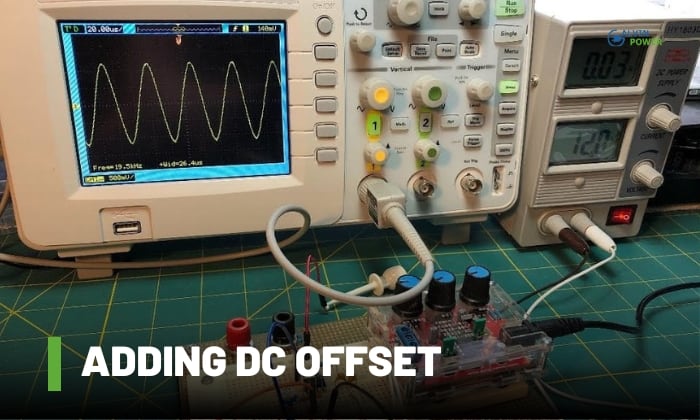DC offset is a naturally occurring asymmetrical response to a fault in an electrical system. This application is a requirement to control a circuit. Note that adding a DC offset is possible using different techniques.
Investigate the electrical system to understand which technique to use when adding a DC offset. Some examples include adding it to an amplifier or in a function generator.
Understanding the process of adding DC offset typically needs a diagram for each possible process. Here, you’ll find different explanations and diagrams for the various ways of completing this objective.
Table of Contents
Techniques to Add DC Offset
Note that adding a DC offset circuit typically means you’re putting DC voltage into an AC signal. Various ways exist to help you achieve this goal, including the ones mentioned below:
1. Adding an Adjustable DC Offset
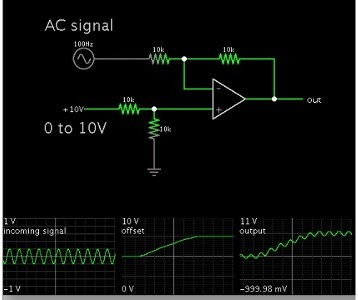
Installing a variable DC offset is possible with a potentiometer. First, you must verify the maximum voltage of the output. Also, the potentiometer you’re using should handle the power dissipation.
Next, create a variable voltage divider using the potentiometer with the required value. Connect one end of the resistor to the output and the other end to the ground. Adjust the potentiometer as needed to create the desired offset voltage.
2. Adding a DC Offset in Function Generator
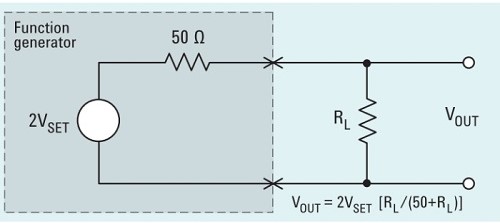
Generally, function generators have an offset or DC offset control. Refer to the device’s user manual to find this module and how to adjust it.
Once found, connect the function generator’s output to your circuit or load. Then, adjust the DC offset from the control module to the desired value.
3. Adding a DC Offset to an OP AMP
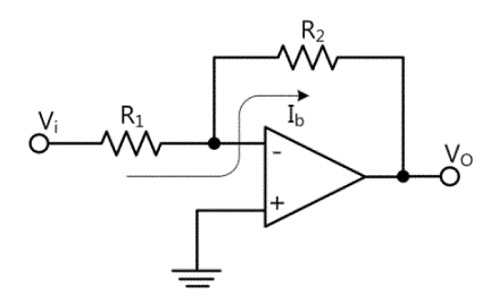
Similar to adding a variable DC offset, you must carefully select the correct resistor value to match the output value of the OP AMP. Also, ensure that the voltage of the differential amplifier doesn’t exceed the resistor’s capacity.
With the right preparations, connect the OP AMP’s non-inverting input (+) to the signal source’s input. Next, connect the inverting input (-) to the voltage divider with the resistors.
Then, attach the inverting input’s midpoint to the OP AMP. Adjust the resistors’ values as necessary to the preferred DC offset level.
4. Adding a DC Offset to Sine Wave
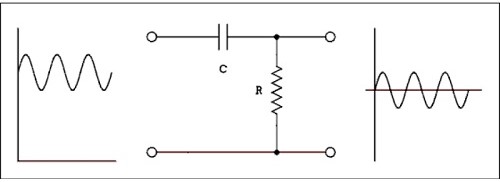
This time, ensure the capacitor and resistor values fit the preferred offset level. These readings should also fit the desired signal frequency. You can use coupling capacitors with the correct measurements if you’re using interfacing multiple circuits.
Start by using the capacitor to block the DC signal from the signal generator. Next, attach the DC voltage source with the resistor to the capacitor’s output using a series connection.
Finally, combine the DC offset with the original sine wave at the junction point. If done correctly, the desired modified waveform should appear.
5. Adding a DC Offset on AC Signal
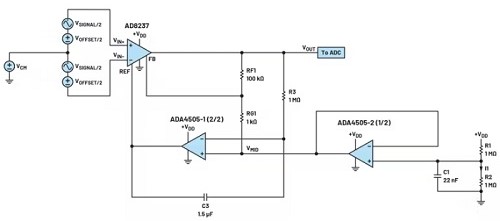
First, ensure that the common-mode voltage and power supply meet the application’s needs. If you expect to encounter noise, you can use decoupling capacitors to filter it.
Note that you’ll typically use an indirect current mode in-amp or instrumentation amplifier to achieve this objective. Start the procedure by connecting the in-amp’s differential output to the AC signal.
Then, adjust the DC voltage source until it becomes stable. Once stabilized, connect it to the in-amp’s reference pin. Last, adjust the supporting voltage source to the preferred DC offset level.
Conclusion
Adding DC offset is an important requirement to help complete different electrical circuits. The additional DC voltage should create accurate control and functionality if done correctly.
Remember, you have different methods to complete this task with the desired results. But ensure you’re using the correct materials and values for the DC offset to display the preferred readings.

I am Edwin Jones, in charge of designing content for Galvinpower. I aspire to use my experiences in marketing to create reliable and necessary information to help our readers. It has been fun to work with Andrew and apply his incredible knowledge to our content.

